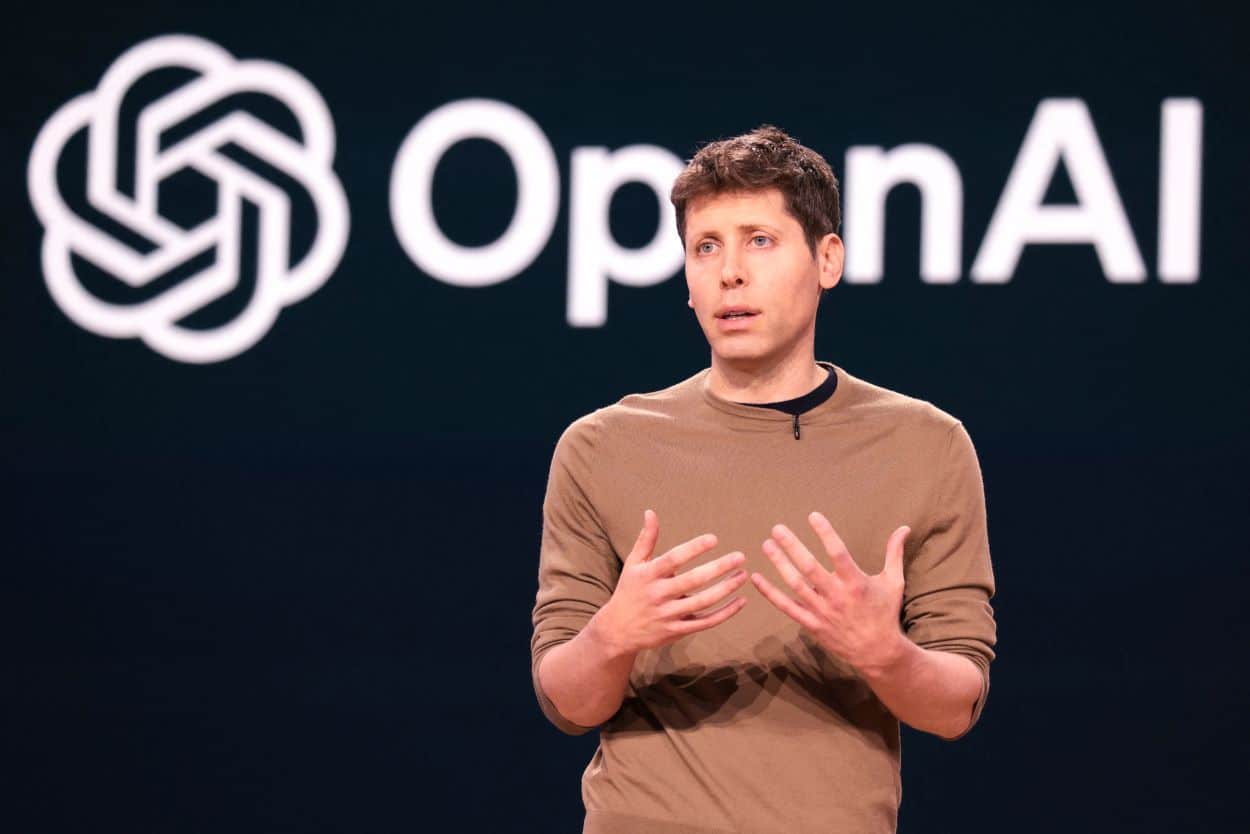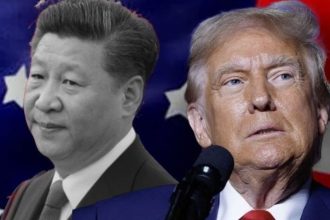DeepSeek, a new Chinese player, has entered the competitive artificial intelligence chatbot market, directly challenging established giants like OpenAI, Google’s Gemini, and ClaudeAI.
DeepSeek has quickly become a formidable contender, disrupting what has traditionally been American dominance in AI-based generative chatbot models.
Remarkably, DeepSeek’s founders developed their AI model with an investment of only $5.6 million, starkly contrasting the massive budgets of industry titans. This budget efficiency has highlighted the potential for innovation without the need for vast financial resources.
An old video of OpenAI founder Sam Altman has resurfaced and gone viral, where he once described the idea of building a competitive AI model on a budget of $10 million as “hopeless.” Speaking at a 2023 event in India, Altman’s past remarks now seem ironic, given DeepSeek’s success with a budget even smaller than discussed.
DeepSeek’s entry has had a significant market impact, with its chatbot becoming the top-rated free application on Apple’s US App Store. This surge in popularity coincided with a substantial loss for American chipmaker Nvidia, which saw nearly $600 billion wiped from its valuation in a single day—a record drop for a single stock.
DeepSeek has stated that its model, the DeepSeek-V3, required less than $6 million in computing costs, utilizing the less powerful Nvidia H800 chips. The recently launched DeepSeek-R1 model is touted as being 20 to 50 times more cost-effective than OpenAI’s o1 model, depending on the task.
Read: DeepSeek Launches Open-Source Image Generation Model, Janus Pro 7B
Despite DeepSeek’s advancements, Sam Altman has acknowledged the efficiency and impressive performance of the DeepSeek-R1 model on social media platforms. However, he remains focused on OpenAI’s mission, emphasizing the ongoing importance of substantial computing resources in achieving its goals.
DeepSeek’s rise challenges the prevailing American narrative that significant investments are necessary to lead in the generative AI field. Its success raises critical questions about the efficacy and economics of building advanced AI technologies and reshaping expectations and strategies within the global AI industry.






